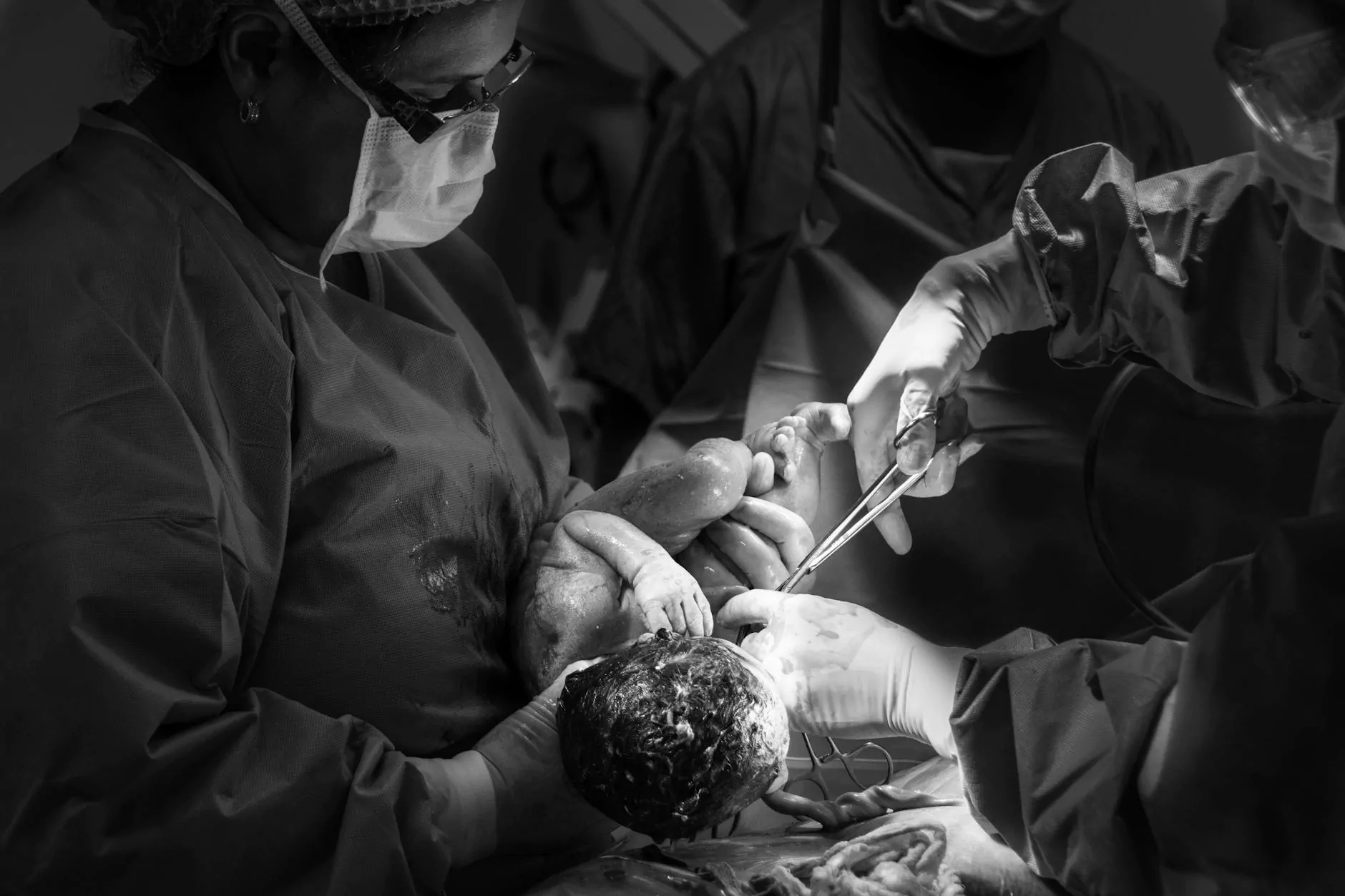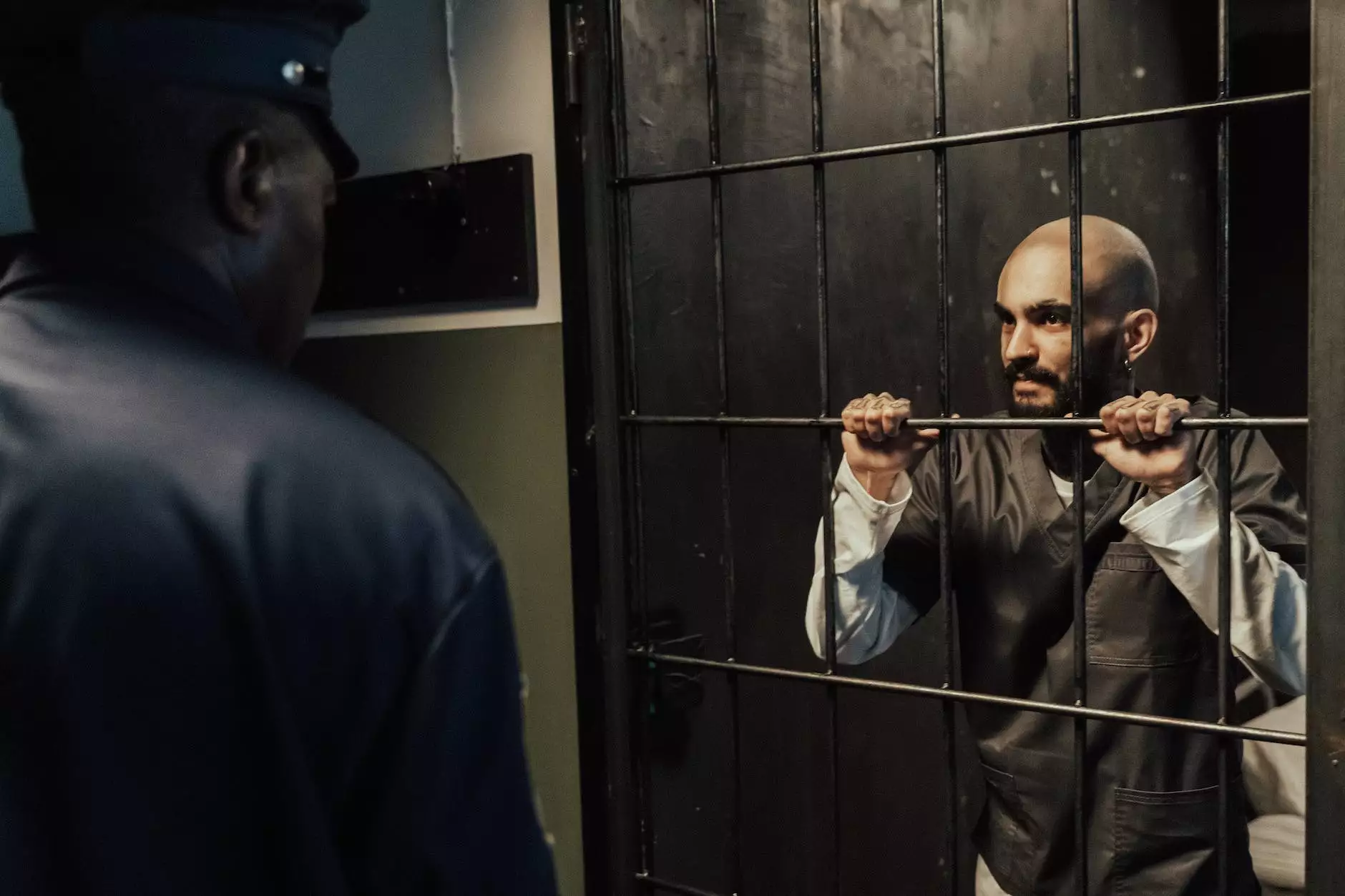Understanding Risk Reducing Bilateral Salpingo Oophorectomy

The risk reducing bilateral salpingo oophorectomy (RRBSO) is a crucial surgical procedure for women who are at increased risk of developing ovarian and breast cancer, particularly those with genetic predispositions such as BRCA1 and BRCA2 mutations. This article aims to demystify this procedure, explaining its significance, the process involved, potential risks, and long-term benefits.
The Importance of RRBSO
With rising awareness of genetic factors in cancer development, women diagnosed with mutations that heighten their cancer risk often seek preventative measures. The risk reducing bilateral salpingo oophorectomy serves as a key intervention. Below are several factors that underscore its importance:
- Genetic Predisposition: Many women carry genetic mutations that significantly increase their risk of developing ovarian and breast cancers. RRBSO can significantly lower this risk.
- Early Intervention: Women are advised to consider this procedure after they have completed their families, as it eliminates the ovaries and fallopian tubes.
- Prevention of Cancer: By removing these organs, RRBSO drastically reduces the risk of ovarian cancer, which is often diagnosed at an advanced stage and has a lower survival rate.
Who Should Consider RRBSO?
While RRBSO can be beneficial for many, it is especially recommended for certain groups of women:
- Women with BRCA Mutations: Patients with BRCA1 or BRCA2 gene mutations are recommended to consider RRBSO by age 35-40.
- Family History of Cancer: Those with a family history, indicating hereditary breast or ovarian cancer syndrome, should consult their healthcare provider regarding the procedure.
- Personal Cancer History: Women who have previously been treated for breast cancer may also consider RRBSO to prevent subsequent cancers.
The Procedure Explained
The risk reducing bilateral salpingo oophorectomy is generally performed laparoscopically or through an open surgical technique. Here’s a detailed look at what to expect:
Preoperative Consultation
Before undergoing RRBSO, women will have a thorough consultation with a qualified obstetrician-gynecologist. This consultation typically includes:
- Medical History Review: A detailed discussion of the patient’s personal and family medical history will occur.
- Genetic Counseling: If applicable, genetic counselors may be involved to explain the implications of genetic testing results.
- Discussion of Risks and Benefits: Patients will be informed about the potential benefits of the procedure versus possible risks.
Surgical Procedure
The procedure itself involves several steps:
- Anesthesia: The surgery is performed under general anesthesia.
- Incisions: For laparoscopic surgery, several small incisions are made in the abdomen. For open surgery, a larger incision may be necessary.
- Removal of Ovaries and Fallopian Tubes: The surgeon carefully removes both the ovaries and fallopian tubes through the incisions.
- Closure: After the removal, the incisions are closed using sutures or staples.
Post-Operative Care
Post-surgery, women can expect a recovery period that involves managing symptoms such as discomfort or pain:
- Pain Management: Medication will be prescribed to manage pain during recovery.
- Rest and Recovery: It’s essential to allow adequate time for the body to heal, typically a few weeks.
- Follow-Up Appointments: Regular follow-ups with the healthcare provider are important to monitor recovery.
Benefits of RRBSO
The advantages of undergoing a *risk reducing bilateral salpingo oophorectomy* extend beyond merely removing the organs:
- Significant Risk Reduction: Studies have shown that RRBSO significantly reduces the risk of ovarian cancer by over 90% in women with BRCA mutations.
- Decreased Risk of Breast Cancer: For BRCA1 carriers, the risk of developing breast cancer can decrease by up to 50% following this procedure.
- Long-Term Health Benefits: Women who underwent RRBSO showed improved overall survival rates when compared to their counterparts who did not.
Potential Risks and Considerations
Like any surgical procedure, RRBSO carries certain risks and potential complications:
- Infection: There's a risk of infection at the surgical site.
- Bleeding: Some patients may experience excessive bleeding during or after surgery.
- Hormonal Changes: Since the ovaries produce hormones, their removal leads to hormonal changes that may result in menopause symptoms, such as hot flashes and mood swings.
- Emotional Impact: The decision to undergo RRBSO can be emotionally challenging; it’s important for patients to seek psychological support if needed.
The Role of Healthcare Professionals in Decision-Making
Choosing to undergo a risk reducing bilateral salpingo oophorectomy is significant and should involve a supportive healthcare team. Here are the professionals you may encounter:
- Gynecologic Oncologists: These specialists are crucial in evaluating the risks of ovarian and breast cancer.
- Genetic Counselors: They help in understanding genetic risks and the implications of testing.
- Primary Care Physicians: Your regular doctor can provide insights and refer you to specialists.
Long-Term Outlook and Support
After undergoing RRBSO, women are encouraged to maintain their health through lifestyle changes and regular monitoring. These might include:
- Regular Check-Ups: Routine visits to healthcare providers ensure prompt management of any emerging health issues.
- Support Groups: Engaging with peers who have undergone similar experiences can provide emotional and psychological support.
- Healthy Lifestyle Choices: Adopting a balanced diet and regular exercise can greatly enhance overall well-being.
Conclusion
The risk reducing bilateral salpingo oophorectomy procedure is not just a surgical intervention; it is a proactive approach to health that empowers women at higher risk of ovarian and breast cancers. With proper medical guidance and support, women can make informed decisions that significantly impact their health and longevity. If you or someone you know is considering this procedure, consulting the experts at drseckin.com can provide valuable insights and resources.









